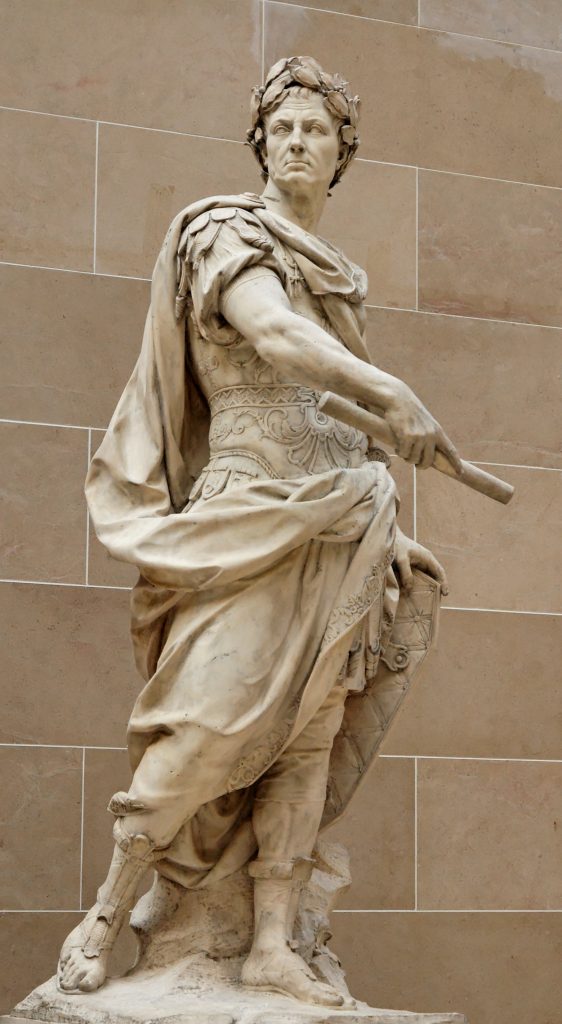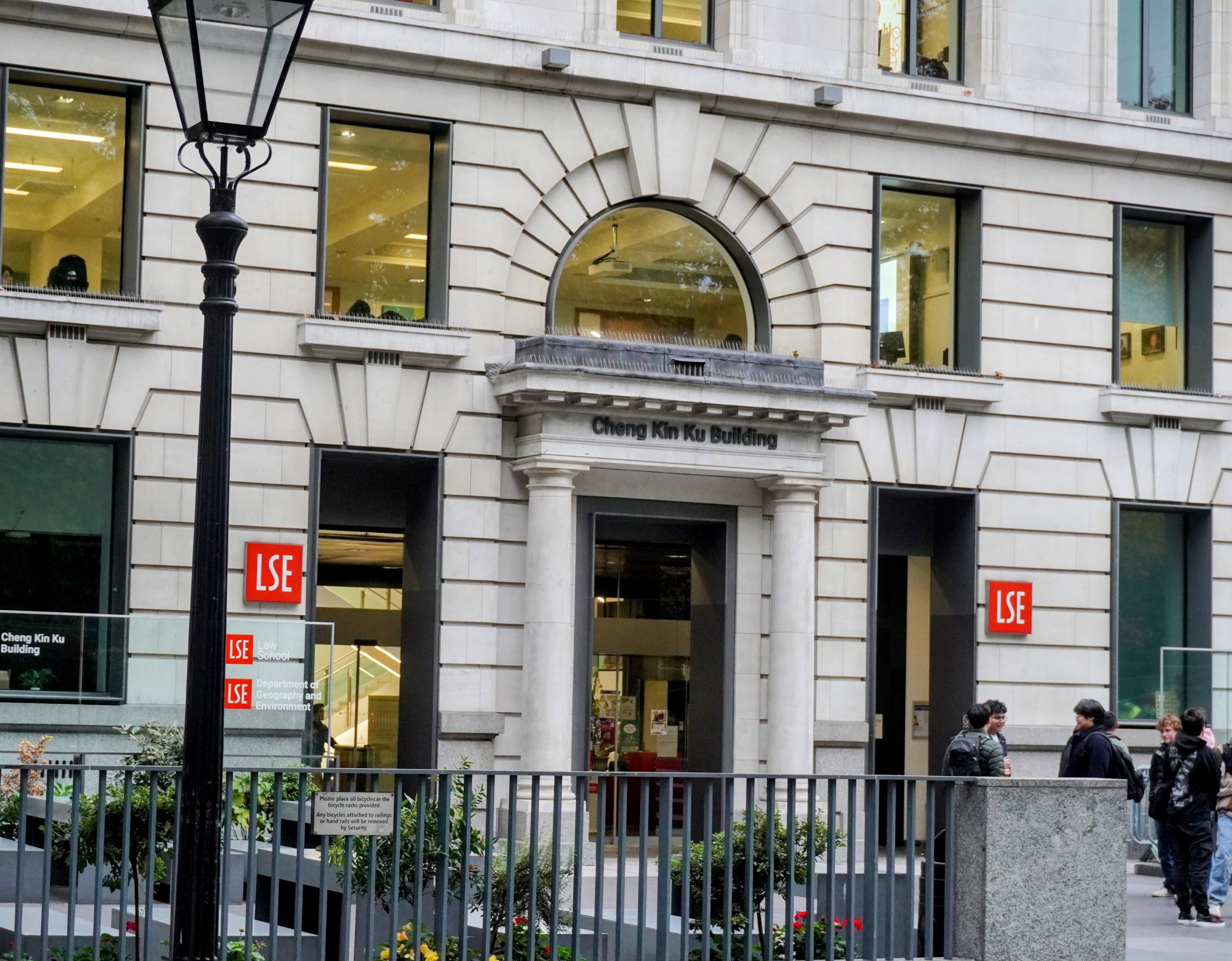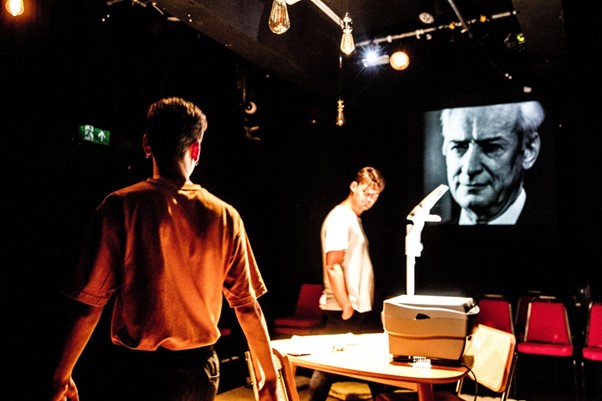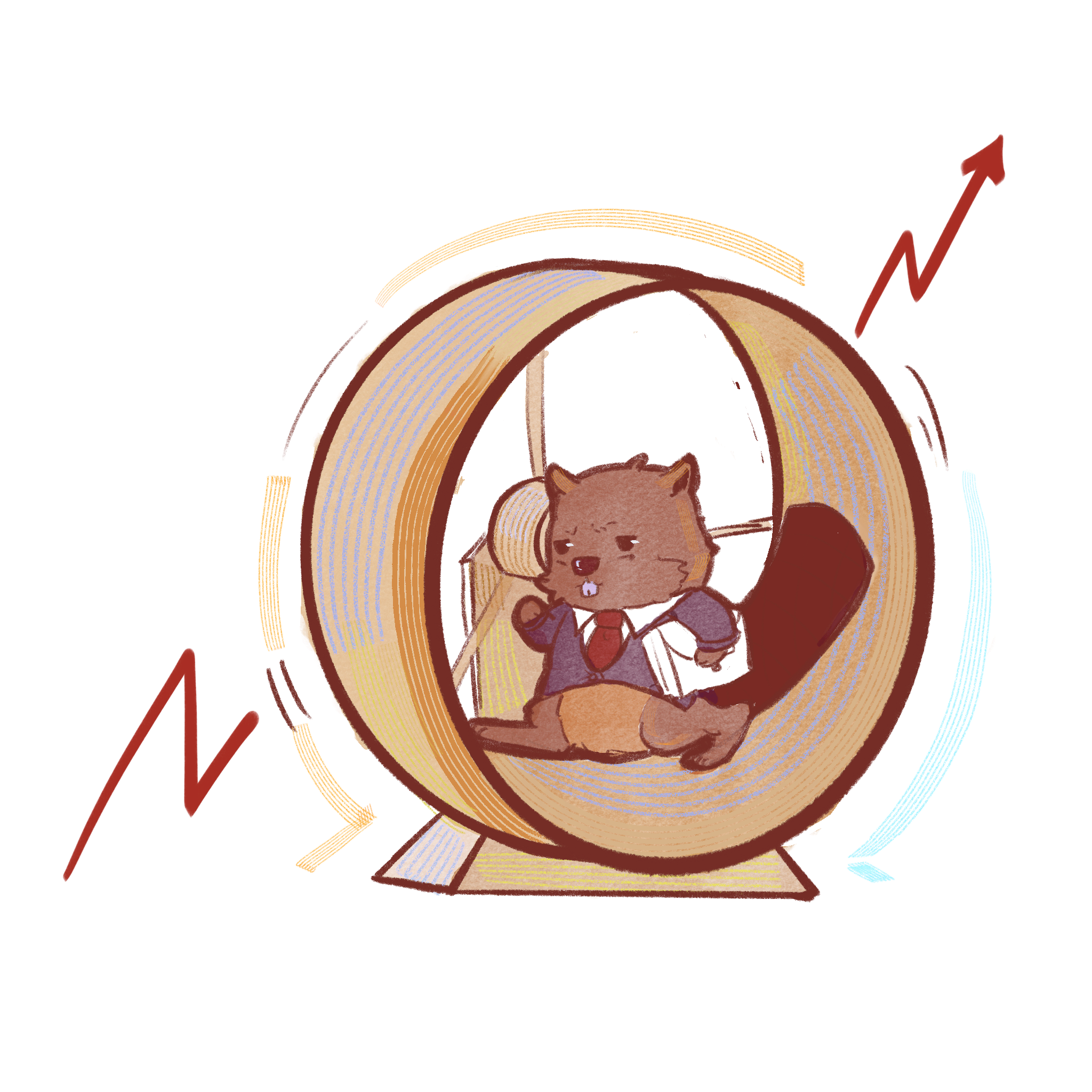My transition from humanities undergraduate student into social sciences graduate student has severely hampered my ability to feel pure emotion in relation to art. No longer can I attend an art exhibit, or a production, or anything remotely creative, and simply say, “Eh, I didn’t like it. It wasn’t my style.” Whether I am with friends or by myself, I now instinctively structure my response to a piece of art as if it were a thesis or analytical composition: I must explain my like/dislike thoroughly, I must cite several academic sources as justification for my viewpoint, and I must do these things while utilizing phrases such as “politics of representation,” or “affect and pleasure,” or “isn’t it problematic…?”
Throughout my undergrad, I was alienated by the language of critical theory: it seemed to represent all the excesses of academia, the pretentious perspectives, the incomprehensible jargon, the assumption of certain political and educational beliefs on the part of its readers. But although I still believe that critical theory can carve a deeper furrow between academics and the rest of the world—and even though I still think that academia must espouse more equitable, accessible discourses, to the benefit of both their students and a wider public—I have also realized theory’s finer attributes. Namely, theory has given me the vocabulary with which to voice my discomfort with certain pieces of art, the tension I feel between my immediate affective response and my tendency to more protracted forms of analysis.
Take, for example, the Bridge Theatre’s production of Julius Caesar, running through April. If you are lucky enough to have tickets for the pit, as I did, you will be treated to an immersive political rally à la Trump as the show begins, complete with a rock band and red baseball caps. The crowd is encouraged to be a bit rowdy whenever Caesar comes out, but I was surprised by the fervor with which audience members took up this task.
The parallels between Caesar and Trump stretched beyond the production’s visual elements, to the extent where I found it distasteful to chant Caesar’s name during certain scenes. Yet most of the audience seemed invigorated by their immediate participation in Caesar’s rise (and eventual fall) from power. Certainly, Shakespeare’s writing does much to invoke some sympathy for the fallen leader; but he also clearly depicts Caesar’s great flaws—and to this production’s credit, they took up those flaws as demonstrative of the trends in our contemporary political context. What, then, does cheering on Caesar demonstrate about our tastes for political chaos and self-indulgent leaders?
Naturally, I realize that taking part in an immersive performance can be borne from innocuous impulses: we may crave the fantasy, the activity, the sense of unification, that such a production can provide. On one hand, the people cheering on Caesar were simply just enjoying their evening to the fullest, making the most of their ticket price by living out every sensation suggested by their environment. But nothing, especially art, can be separated from the politics of the moment. This production of Julius Caesar deliberately chose certain narrative and aesthetic elements to resonate with current events; thus, I suggest that it also deliberately wishes to challenge its audience, to reveal their complicity with the culture of groupthink, of spectacle, that helps puts unsuitable people into power.
However, the production itself crosses into ethical ambiguity with its depictions of violence. Given that this is a modern setting, Caesar is shot multiple times, rather than stabbed. Fine, great—it makes sense within the temporal context of the production. But sadly, so does the response suggested to the audience by the security guards, who police the edges of the pit throughout the play: “GET DOWN! GET DOWN! There’s a shooter!”
Immediately, the crowd heaved; we fell down on top of one another, bumping kneecaps and sharp elbows. Couples and friends grasped at one another. Some of us covered our heads; others tried to scoot or run backwards, away from the “gunfire.” And even though I knew that what was happening was not real, the adrenaline rush to my head, the cold knot tying itself in my stomach, warned me to be on my guard.
The production lurches into this almost too immersive territory several more times throughout its two hours. In the climatic battle scene between Brutus, Cassius, and Mark Antony, the guards are so effective in clearing paths for the actors that audience members actually tripped over, pushed through one another; I had a few bruises on my shins the next day as proof of this unintentional violence. In my five years of living in big cities—first in New York City, now in London—I can safely say that being in the pit of the Julius Caesar seemed more dangerous and physical than most rush-hour days in the subway/Tube car.
I unequivocally loved this production—for its incredible acting, its innovative set design, its creative incorporation of the audience, its audaciously realistic vision. However, that admiration coexists in the same universe as my ethical questions about its artistic direction. What does it mean—in an age of paranoia, of threats of terror, of manifested proof that terrorism can occur anywhere, at the hands of anyone with a weapon and an ideology—to use the sounds of gunshots as a creative device? What response are those sounds supposed to evoke in audience members, and what response are they being guided towards by the words and actions of those producing and performing the play?
I do not think the production went too far in depicting violence as it did: clearly, its artistic vision intends to challenge the minds and disrupt the affective experiences of audience members, and on both points it is powerfully effective. In addition, this sort of discussion generally leads someone to suggest the necessity of some form of censorship—a suggestion I strongly refuse.
But I do see art, and to some extent, critical theory, as possessing responsibility, and certainly power, in influencing people’s perceptions of the world, their emotions. The portrayals of violence in Julius Caesar made me realize the extent to which I live with a submerged, vital fear of my surroundings. Someone could take advantage of this chaos, I thought to myself as I watched. And then I began to mark my daily habits: how I take account of every exit sign, every possible escape route, every available method of deterrence, as I enter a building, or leave a classroom, or cross a bridge. The fear was already there; but somehow this production teased it to the forefront of my mind.
If I chose this moment to be cynical, as I so often am, I would say that my dissection of Julius Caesar, influenced by critical theory, has helped make me a more paranoid person. But reading theory also ensured that I would catch all the possible meanings, ambivalences, and ethical implications entwined within this particular production.
Arguably, one of art’s most powerful and best traits is that it can evoke an emotional response—but to pretend that art is only related to impulse and instinct does it a discredit. Perhaps the democratisation of theory will best occur concerning conversations around art, for it is at that nexus where we can most easily be aware of what we feel and why we feel it, while also exhibiting some disregard for the mechanics behind the production, or behind the feeling.
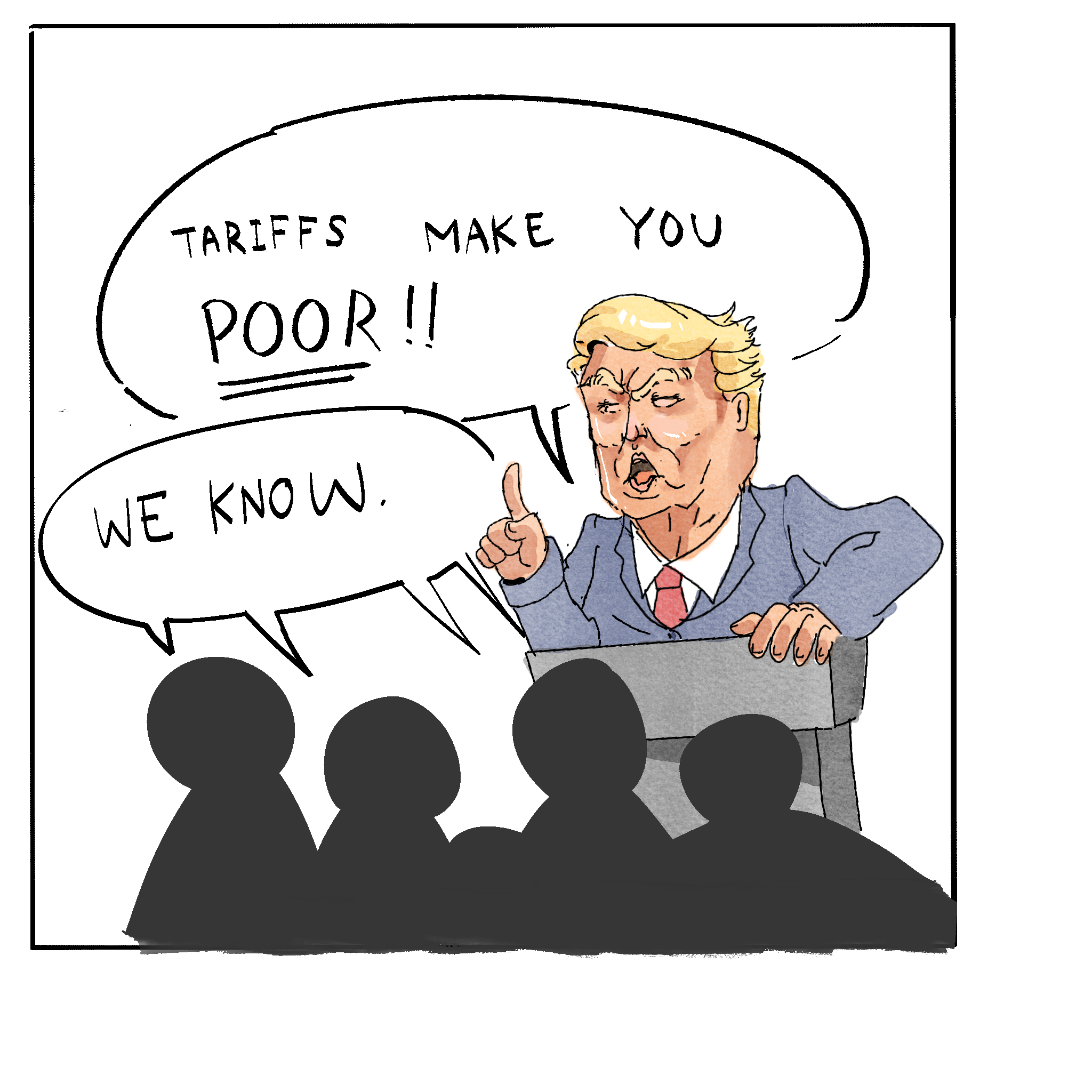
We’re Fighting Trump All Wrong
Ethan rethinks how to confront Trumpism, arguing that facts alone can’t defeat a fantasy, only a new ideology can.

